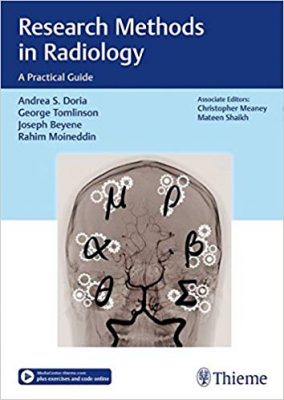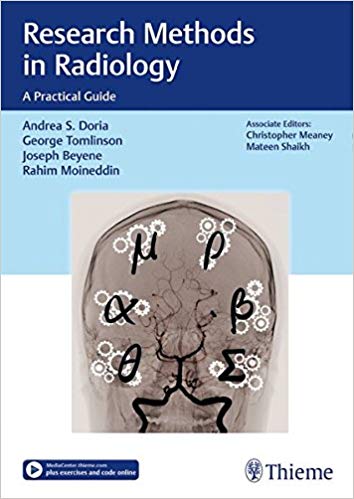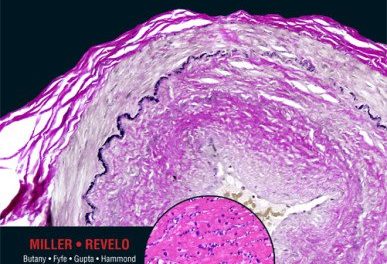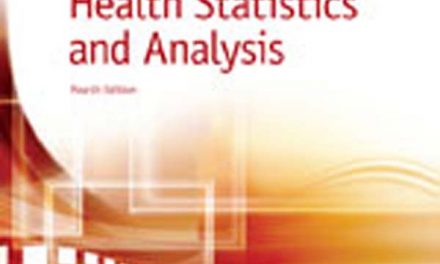 Editors: Andrea S. Doria, MD; George Tomlinson, MSc; Joseph Beyenne, PhD; and Rahim Moineddin, PhD
Editors: Andrea S. Doria, MD; George Tomlinson, MSc; Joseph Beyenne, PhD; and Rahim Moineddin, PhD
Associate Editors: Christopher Meaney, MSc; and Mateen Shaikh, PhD
Publisher: Thieme – 303 pages
Book Review by: Nano Khilnani
“We as radiologists must justify the use of imaging studies based on the impact on patient diagnosis, individual patient outcomes, and cost effectiveness. In addition, we are also frequently asked to weigh in on societal outcomes of our work. Nothing has brought this area more keenly into focus as the changing guidelines for screening mammography for women with ‘standard risk’ for breast cancer,” writes Dr. George A. Taylor in his Foreword. He is the John S. Kirkpatrick Professor of Radiology (Pediatrics) at Harvard Medical School.
He points out that there is until today (this book was published in 2018) “a highly charged discussion on the risks and benefits of mammography,” and for this reason, “we cannot meaningfully participate in this discussion without the ability to analyze and understand the literature, research design, and statistical analysis of the data to make these decisions.”
It is for this very reason that this book was developed and published. It is meant to help radiology residents learn research methods in this field. It is based on a course begun in 2006 at the University of Toronto entitled Introduction to Research in Radiology. “This book makes the main aspects of this very successful course available to a wider audience of radiologists under a single cover,” writes Dr. Taylor.
Thirty specialists (most of them from Canada, and also two from the United States and one from the United Kingdom) in radiology and other medical and nonmedical fields – anesthesia, biostatistics, epidemiology, immunology, medical imaging, oncology, orthopedics, pediatrics, perioperative medicine, neurology, rheumatology, and surgery – authored the chapters of this book, listed below to give you an overview of its coverage:
- Overview of Research Designs Applied to Radiology
- Descriptive Statistics
- Diagnostic Tests
- Measurement: Validity, Reliability, and responsiveness
- Observational Designs
- Randomized Controlled Trials
- Systematic Reviews, Evidence-Based Imaging, and Knowledge Translation
- Decision Analysis
- Costs and Consequences: Economic Evaluation in Radiology
- Conducting and Publishing Research
- Obtaining Ethics Approval, Data Management, and Budget Formulation
- Steps for Using Research As a Success Tool in Academia
- Statistical Inference: Point Estimation, Confidence Intervals, and Hypothesis Testing
- Linear and Logistic Regression
- Sample Size Estimation
- Meta-analysis
Besides the information found in the print version as shown in the outline of chapters above, get research exercises, practice online to succeed in your career at www.MediaCenter.Thieme.com. After going to this site, when prompted during the registration process, enter the code found on the first page of this book.
The editors of this book point out that “shortfalls in the quality of research studies produced by the radiology community stand in sharp contrast with emerging technologies and the need for new knowledge to address several issues in the radiological sciences.” This situation led to the development of a training program specifically designed for radiology residents and fellows in the Department of Medical Imaging at the University of Toronto. It is the largest of its kind in Canada, and this book is based on feedback received from participants.
In a systematic coverage approach, all chapters in this book have these headings outlined below, besides others related to the chapter titles:
- Learning Objectives
- Introduction
- Highlights of Key Points
- References
The editors write that to their knowledge, “no prior book has showed in a simple way how to design a clinical or experimental study in radiology providing pertinent examples (case studies) with imaging figures, graphs, and tables.” This is indeed true, and I highly recommend this book.
Editors:
Andrea S. Doria, MD, PhD, MSc. is Professor of Radiology and Associate Chair of Research (Injury, Repair and Inflammation), Department of Medical Imaging, University of Toronto, Canada. He is Research Director and Radiologist, Department of Diagnostic Imaging, and Senior Scientist in Translational Medicine at the Research Institute of the Hospital for Sick Children in Toronto, Canada.
George Tomlinson, MSc, BSc. is Associate Professor, Institute of Health Policy, Management and Evaluation, Dalla Lana School of Public Health, Departments of Medicine and Medical Imaging, University of Toronto in Toronto, Canada.
Joseph Beyenne, PhD, MSc, BSc. is Professor. John D. Cameron Endowed Chair in Genetic Epidemiology, Department of Health Research Methods. Evidence, and Impact, McMaster University in Hamilton, Ontario, Canada.
Rahim Moineddin, PhD. is Professor in the Department of Community Medicine at the University of Toronto in Toronto, Canada.
Associate Editors:
Christopher Meaney, MSc. is Biostatistician in the Department of Family and Community Medicine, and a PhD candidate in the Department of Biostatistics at the University of Toronto in Toronto, Canada.
Mateen Shaikh, PhD is a Post-Doctoral Fellow in the Department of Clinical Epidemiology and Biostatistics (Faculty of Health Sciences) at McMaster University in Hamilton, Ontario, Canada.







